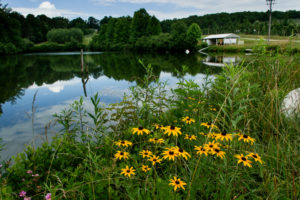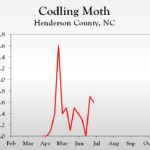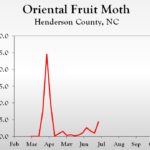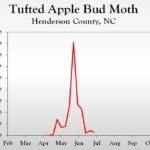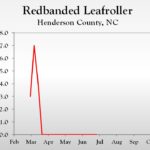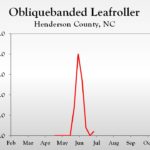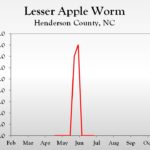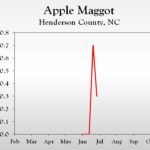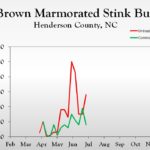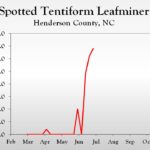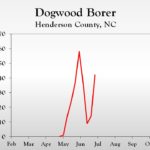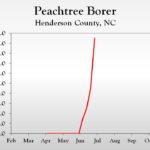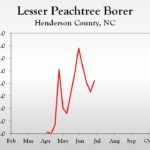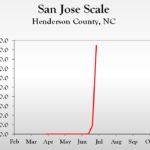WNC Orchard Insect Pest Populations – July 7, 2020
go.ncsu.edu/readext?707795
en Español / em Português
El inglés es el idioma de control de esta página. En la medida en que haya algún conflicto entre la traducción al inglés y la traducción, el inglés prevalece.
Al hacer clic en el enlace de traducción se activa un servicio de traducción gratuito para convertir la página al español. Al igual que con cualquier traducción por Internet, la conversión no es sensible al contexto y puede que no traduzca el texto en su significado original. NC State Extension no garantiza la exactitud del texto traducido. Por favor, tenga en cuenta que algunas aplicaciones y/o servicios pueden no funcionar como se espera cuando se traducen.
Português
Inglês é o idioma de controle desta página. Na medida que haja algum conflito entre o texto original em Inglês e a tradução, o Inglês prevalece.
Ao clicar no link de tradução, um serviço gratuito de tradução será ativado para converter a página para o Português. Como em qualquer tradução pela internet, a conversão não é sensivel ao contexto e pode não ocorrer a tradução para o significado orginal. O serviço de Extensão da Carolina do Norte (NC State Extension) não garante a exatidão do texto traduzido. Por favor, observe que algumas funções ou serviços podem não funcionar como esperado após a tradução.
English
English is the controlling language of this page. To the extent there is any conflict between the English text and the translation, English controls.
Clicking on the translation link activates a free translation service to convert the page to Spanish. As with any Internet translation, the conversion is not context-sensitive and may not translate the text to its original meaning. NC State Extension does not guarantee the accuracy of the translated text. Please note that some applications and/or services may not function as expected when translated.
Collapse ▲For the most part insect activity is relatively low throughout the western region, including the piedmont and mountain production areas. With the exception of emergence of second generation codling moth adults in lower elevation orchards in the piedmont, and a slight uptick in oriental fruit moth captures (but overall very low), the biggest concerns at this time are key secondary pests such as European red mite, leafhoppers and aphids. Initial captures of apple maggot flies in an abandoned orchard were detected in the past week, but numbers are still very low and not of concern in commercial orchards. In addition to the codling moth update below, this week we are also beginning to provide updates on model predictions for emergence of first generation brown marmorated stink bug, which poses the greatest threat to apples.
Codling Moth
Second generation codling moth degree day (DD) accumulations in Lincoln and Cleveland Counties is about 1575 as of July 7. Hence, an insecticide active against this pest should be considered at this time if moths have been captured in pheromone traps. If pheromone traps are not being used, you should assume there is activity in your orchard.
In higher elevations such as Henderson County, DD accumulations average only about 1090, so we are still approximately two weeks away from anticipated emergence of the second generation. Insecticides for codling moth are not necessary at this time, except for those few problem orchards where pheromone trap captures remain high.
BMSB Model Predictions
After several years of brown marmorated stink bug developmental studies in eastern and western NC, we are now quite confident of a simple degree-day model to predict emergence of first-generation (f1) adults. These f1 adults disperse from wooded habitats into crops in July or August (depending on location and year), and are typically the most damaging life stage to fruit and vegetable crops. This model uses April 4 as a biofix date, and the percentage emergence of the f1 adult population is depicted by the blue line in the graph below, which shows emergence beginning at about 700 DD (Celsius) and being completed by 1400 DD.
The black arrows in the graph indicate current DD accumulations (as of July 7) for two locations (Henderson County at an elevation of 2067 ft, and Cleveland County at an elevation of 875 ft). Red arrows are DD projections for July 14 based on temperature forecasts. Current DD accumulations in Cleveland County are 570 DD, and are projected to be 645 on July 14. Hence, emergence of adults in Cleveland County is not anticipated for another two weeks. In Henderson County, current DD accumulations are only 375, so adult emergence is a minimum of three weeks away. Over the next two months we will update DD accumulations for these locations.
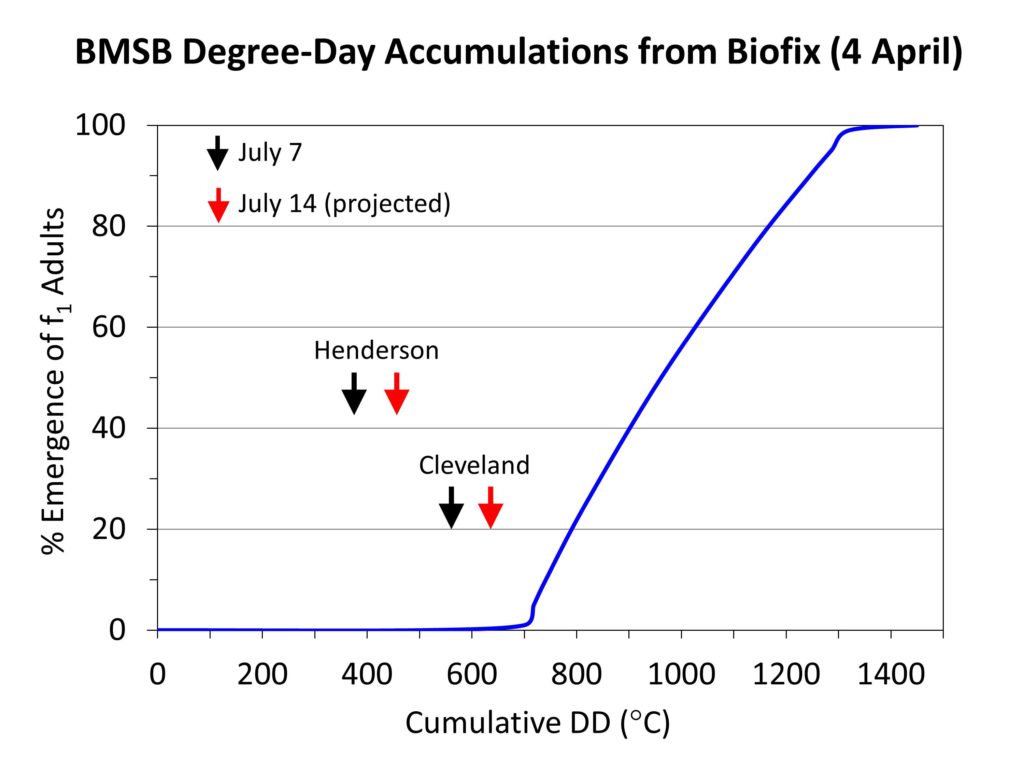
Section 18 Requests for Bifenthrin Approved for BMSB
The N.C. Department of Agriculture and Consumer Services request to the EPA for a Section 18 exemption for the use of bifenthrin for control of the brown marmorated stink bug on apples, peaches, and nectarines was recently approved. FMC and UPL are supporting these requests, so bifenthrin products registered for this use are Brigade and Bifenture. Labels for both products must be in possession when applying products, and they can be downloaded here:
A section 18 request for dinotefuran (Venom, Scorpion) was also submitted along with the bifenthrin request, but the NCDA&CS has not yet heard back regarding that request, nor have other states that made requests.
Learn more about southeastern apple insect pests at the Apple Insect Management page.
2020 Average Weekly Trap Captures
| HENDERSON COUNTY | |||
| Insects per trap | |||
| Jun 22 | Jun 29 | Jul 6 | |
| Codling moth | 0.0 | 0.7 | 0.6 |
| Oriental fruit moth | 1.6 | 1.0 | 4.4 |
| Tufted apple bud moth | 2.0 | 4.0 | 3.0 |
| Redbanded leafroller | 0.0 | 0.0 | 0.0 |
| Obliquebanded leafroller | 2.0 | 0.0 | 1.0 |
| Lesser appleworm | 0.0 | 0.0 | 0.0 |
| Apple maggot (abandoned and research orchards) | 0.0 | 0.7 | 0.3 |
| Brown marmorated stink bug (commercial) | 0.8 | 1.5 | 0.8 |
| Brown marmorated stink bug (unsprayed) | 1.5 | 1.9 | 2.8 |
| Spotted tentiform leafminer | 24.0 | 31.0 | 34.0 |
| Dogwood borer | 9.0 | 14.0 | 42.0 |
| Peachtree borer | 5.0 | 9.0 | 19.0 |
| Lesser peachtree borer | 41.0 | 33.0 | 42.0 |
| San Jose scale | 2.5 | 190.0 | 1895.0 |
*Note that these averages illustrate only the timing of insect emergence and fluctuations in populations, and are not representative of population levels in any given orchard. The only way to have an accurate assessment of an individual orchard’s populations is to set up traps in that orchard.
2020 Accumulated Degree Days
| HENDERSON COUNTY | ||||
| Jun 22 | Jun 29 | Jul 6 | ||
| Codling moth (Biofix 4/20) | 778 DD | 919 DD | 1088 DD | |
| Oriental fruit moth (Biofix 3/30) | 1246 DD | 1421 DD | 1626 DD | |
| Tufted apple bud moth (Biofix 4/27) | 988 DD | 1163 DD | 1368 DD | |



